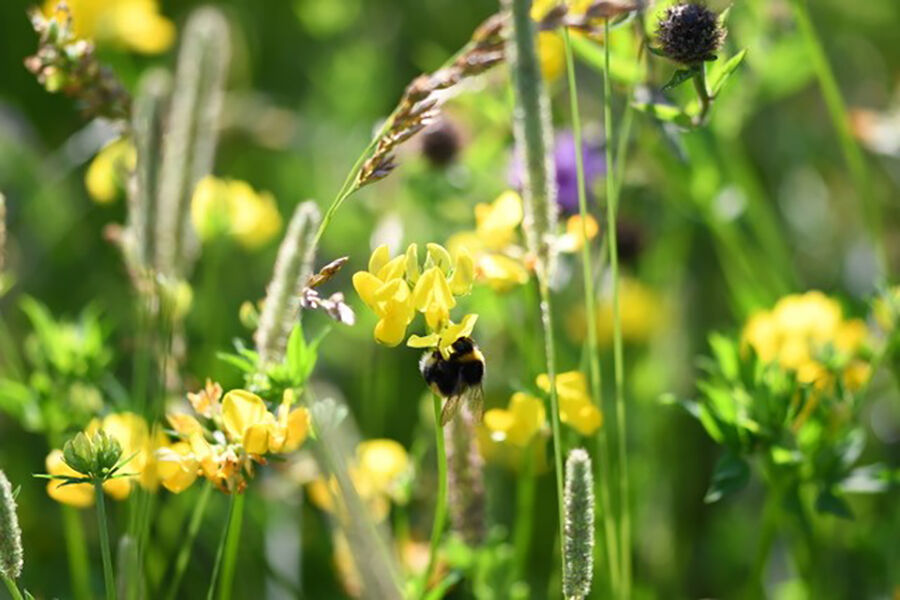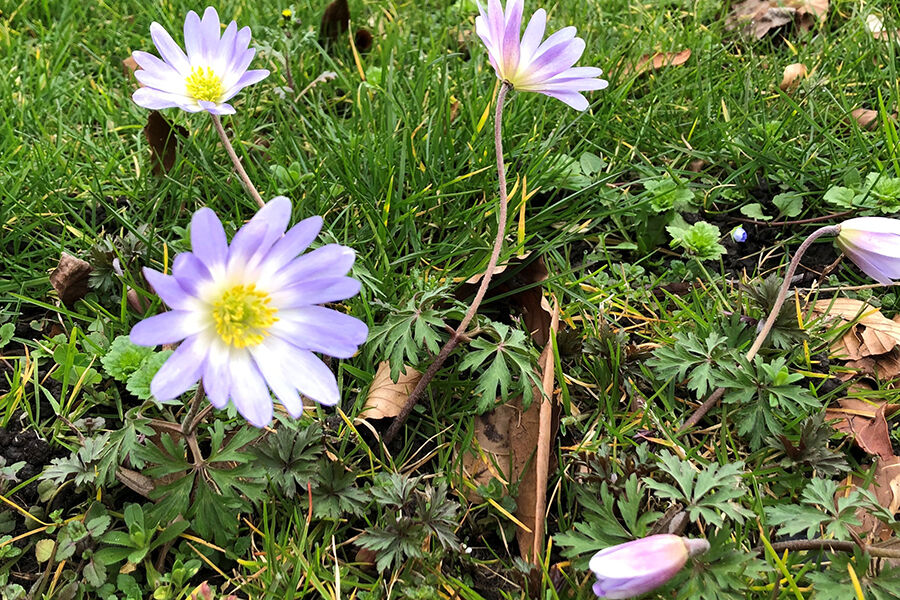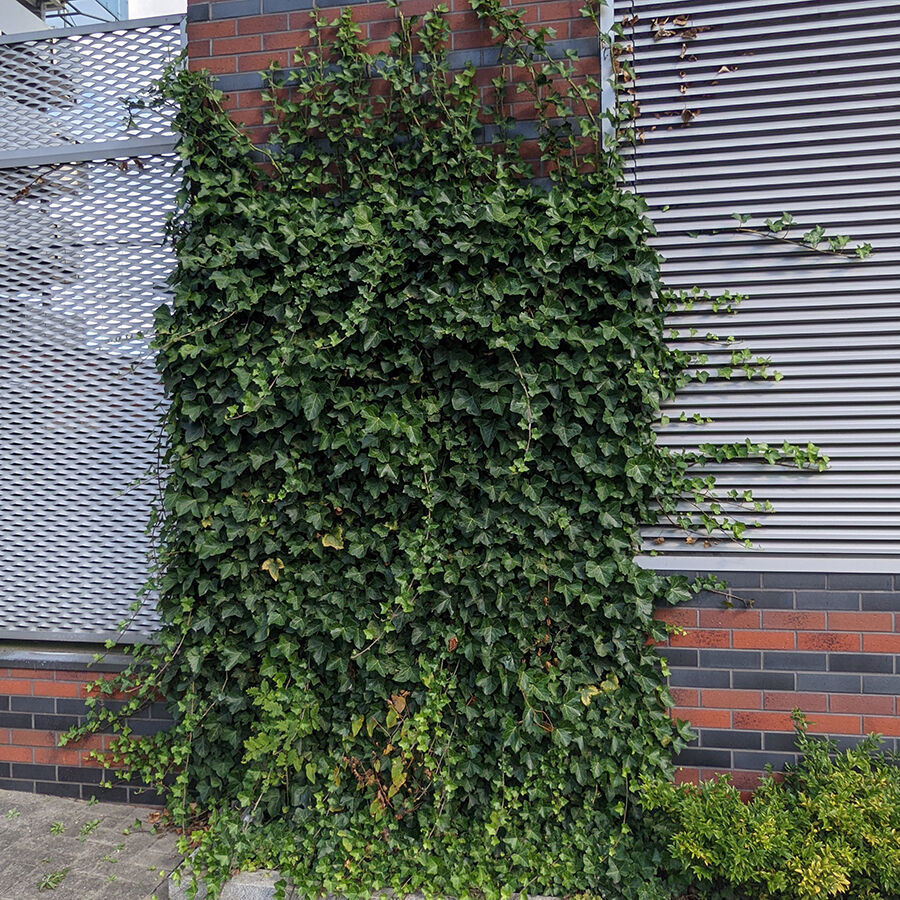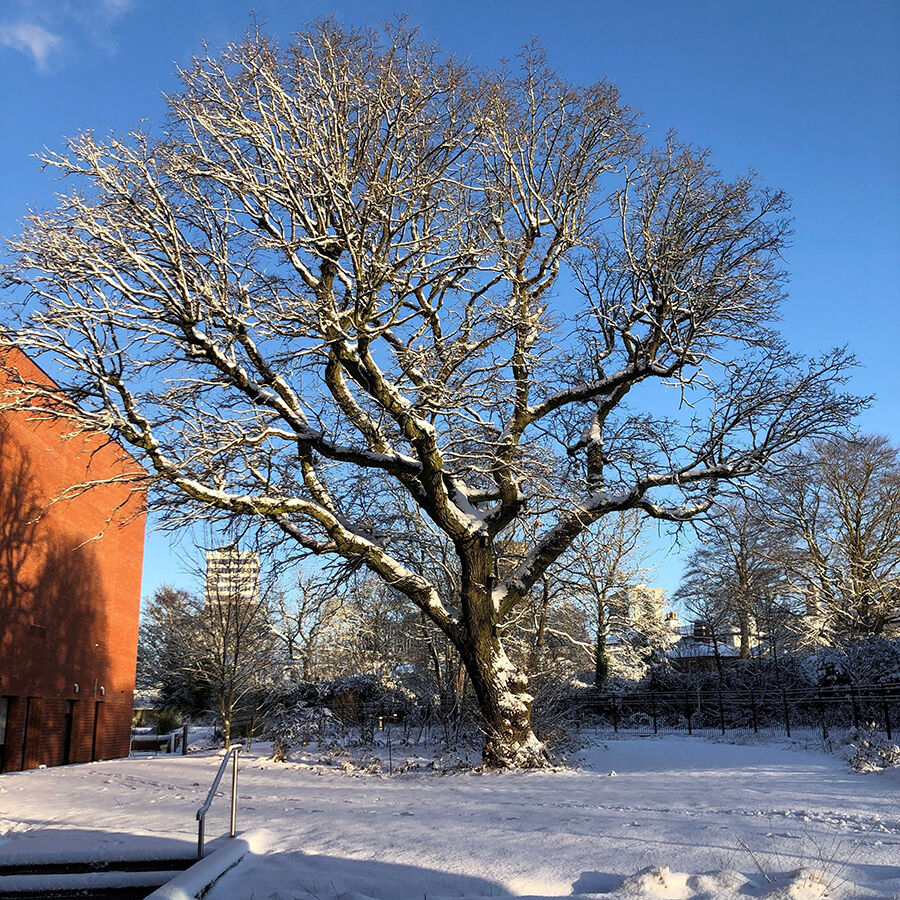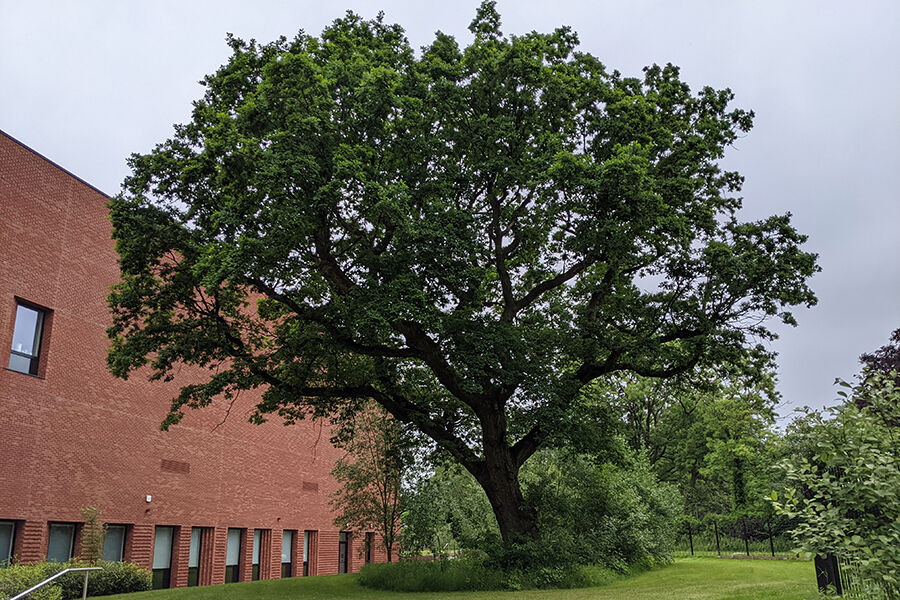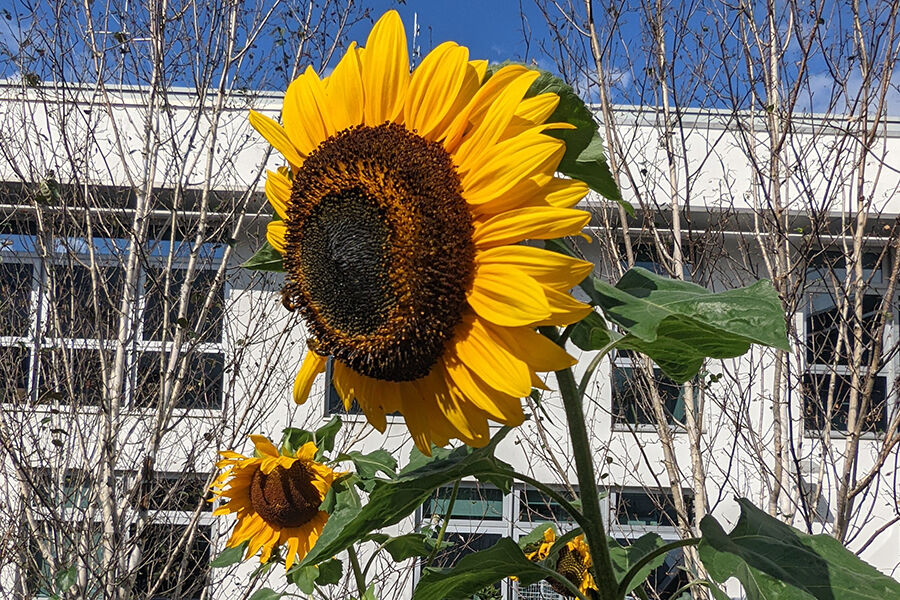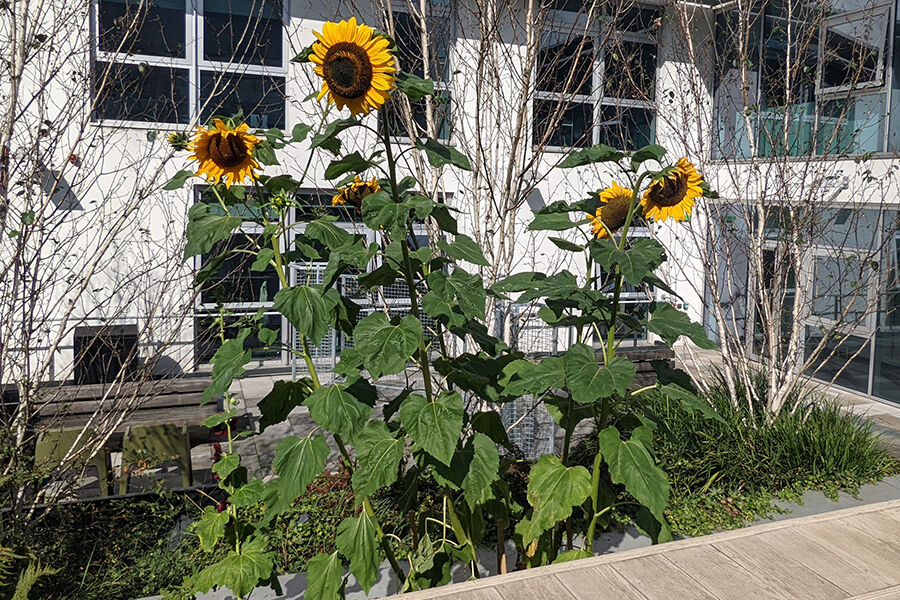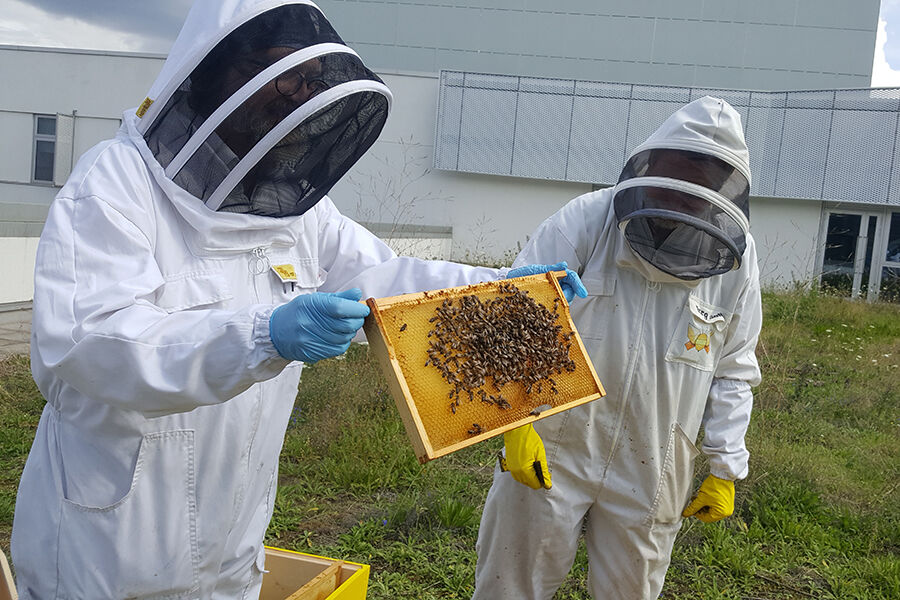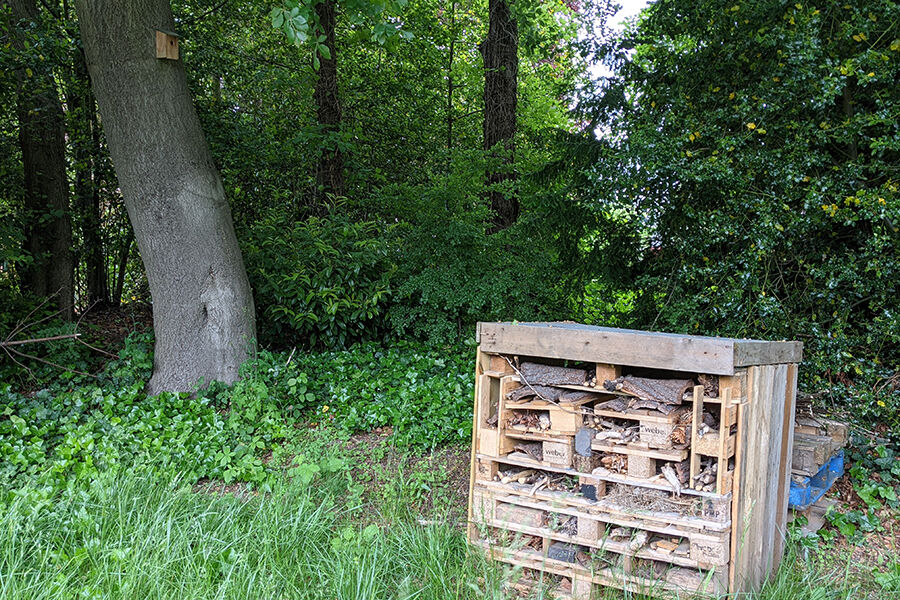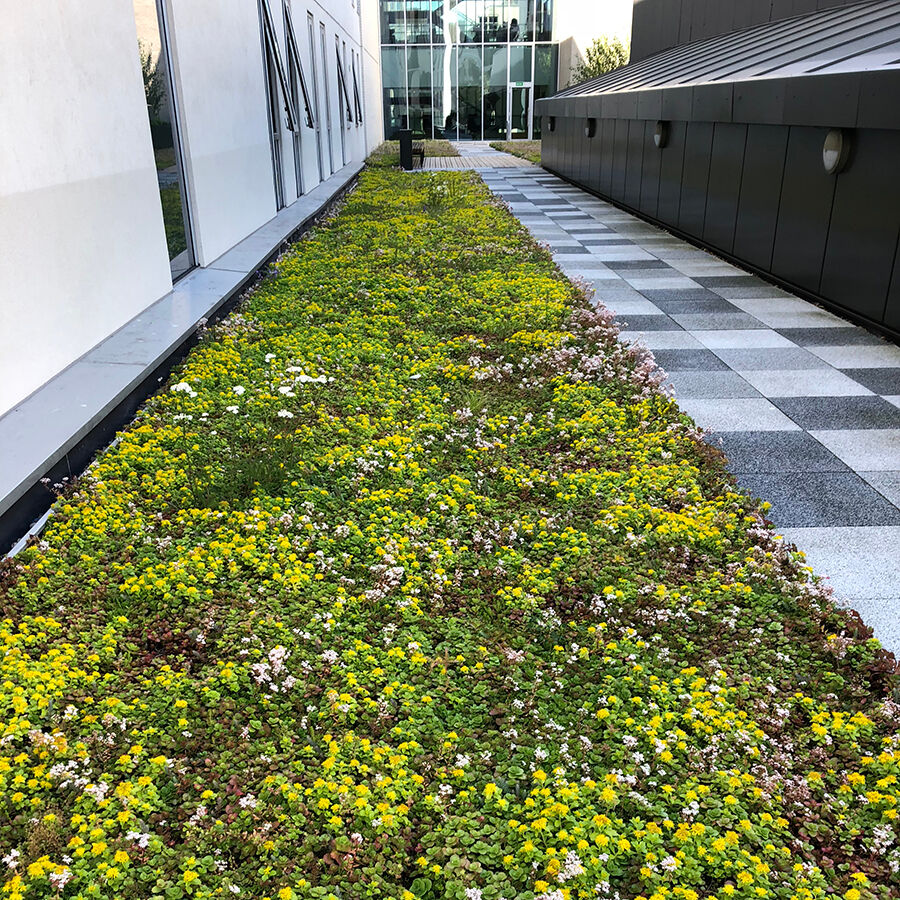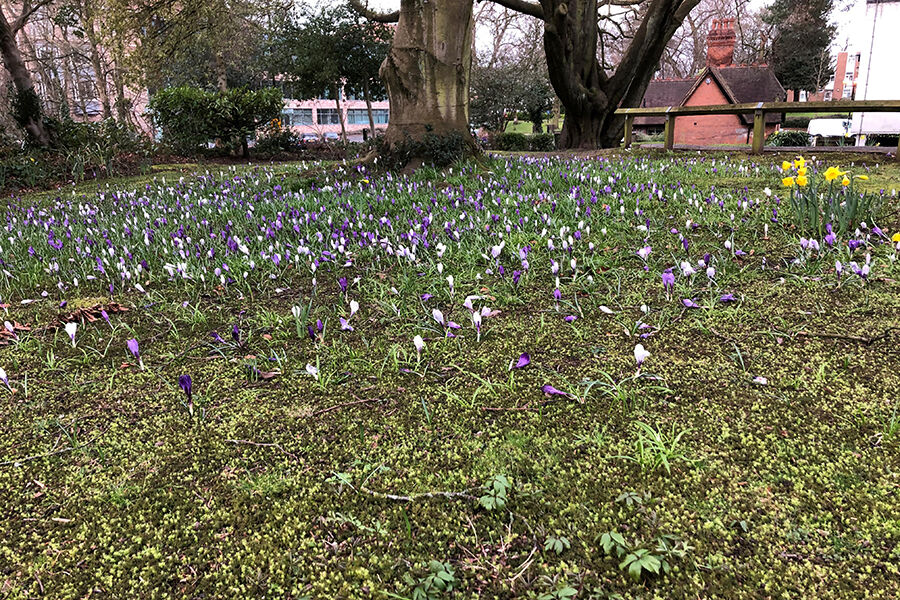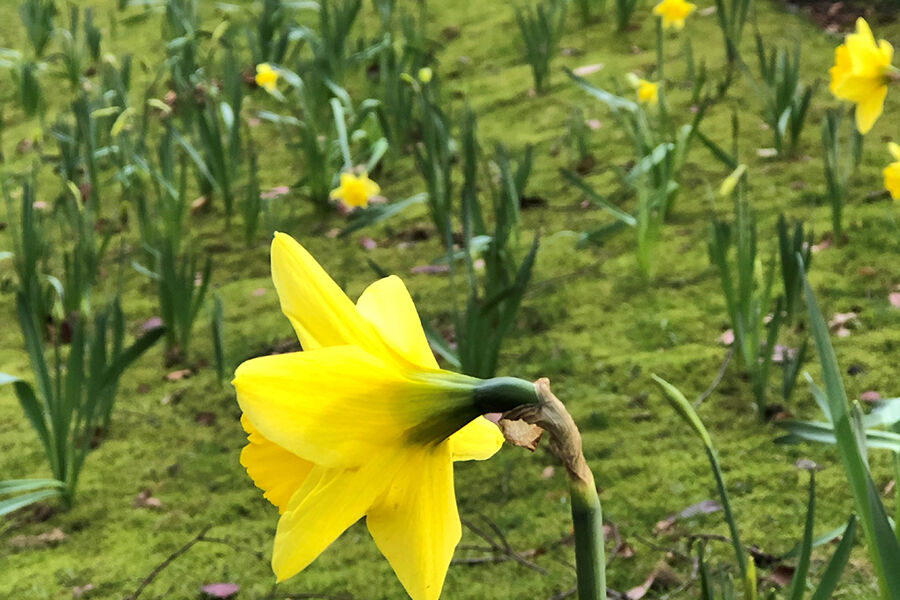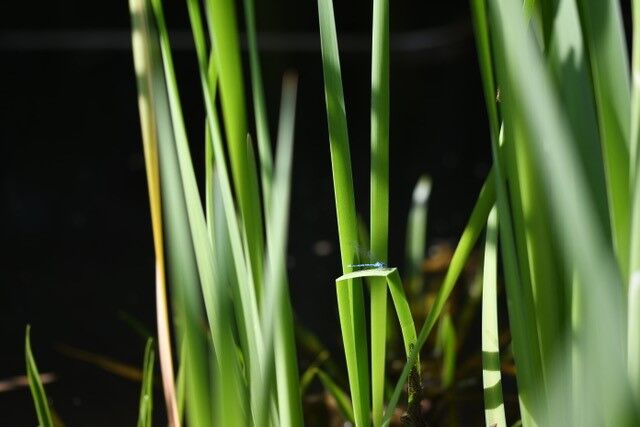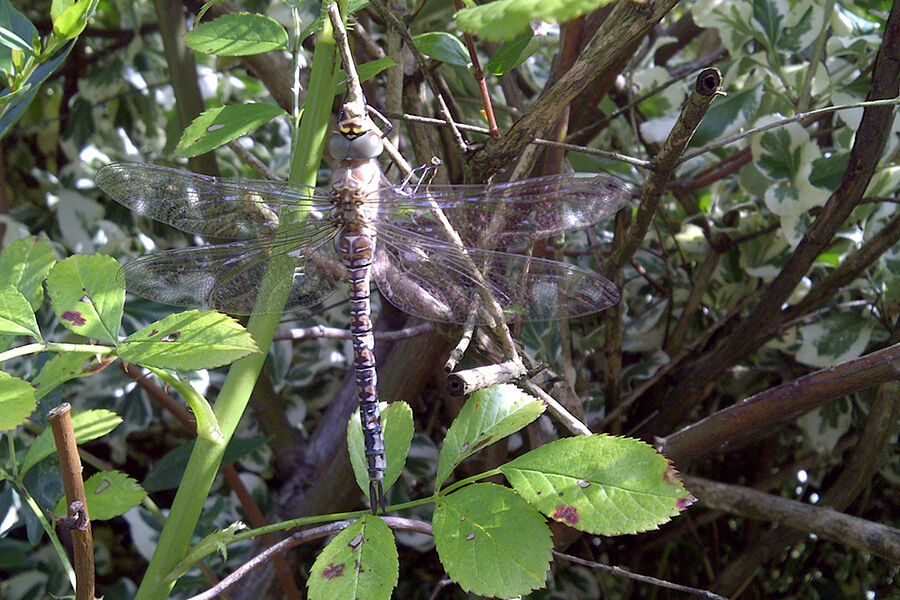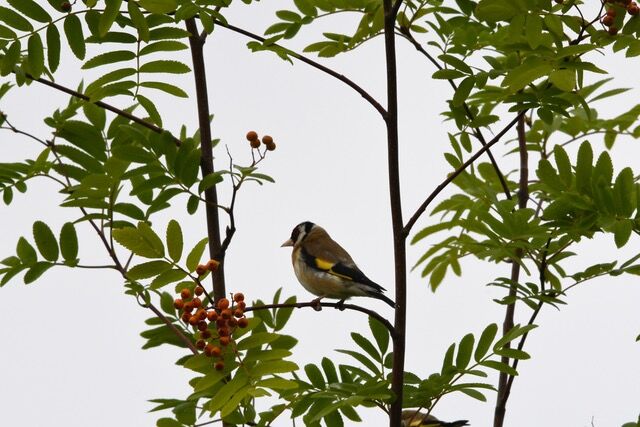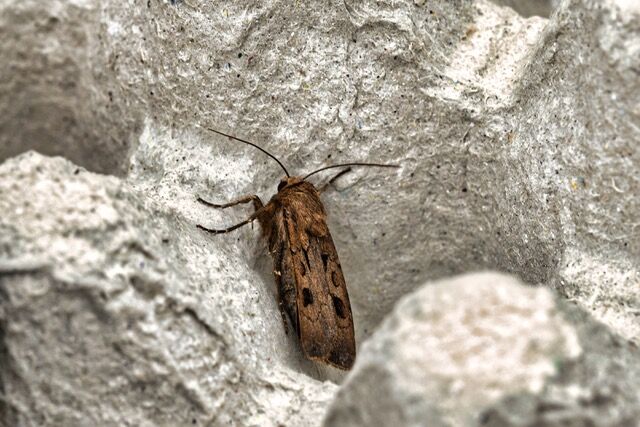Biodiversity
Birmingham City University is committed to conserving and promoting biodiversity, whilst creating a pleasant working environment for all students and staff.
We have carried out a number of biodiversity projects across the campuses.
Encouraging biodiversity on campus
Around our City South Campus and the Doug Ellis Sports Centre, we have created wild meadows, erected bird boxes and planted native bulbs.
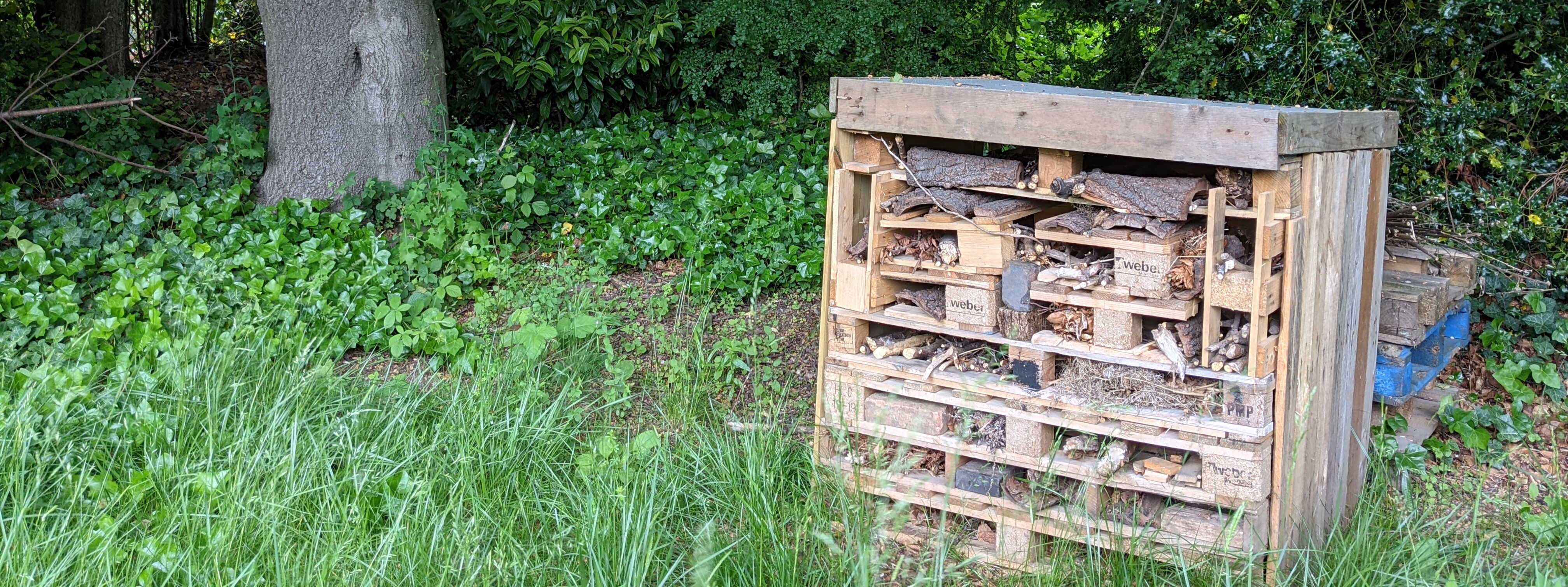
During 2022, five new trees were purchased and planted on campus - three at the side of Parkside Building and two at the Conservatoire. Wildflower plugs were also planted at the Conservatoire as part of Graduate+ Week, plus wooden planters were installed and planted for Plot C External social space, and additional planted beds created at the rear of Joseph Priestley Building, on Curzon Street, and at City South Campus and STEAMhouse.
During 2018/19, we planted 2000 crocus bulbs, 1000 daffodil bulbs, 100 allium sphaerocephalon bulbs, 100 wood anemone, and 500 fritillaries across our campuses. In 2020/21 a bug hotel was created and another 1000 native bulbs planted. A mixed native hedgerow was also planted along with various native trees and scrubs.
Our gardeners are continually working on recycling more, and are placing compost bins around campuses. There are regular walk-around audits to assess the Estate and programme-in improvements. Working with our Students’ Union, we also have a number of site food growing allotment projects for students, plus students can get involved with the SU Earth Society or Gardening Society.
BCU Bees
In 2019 we installed beehives on the roof of the bridge between Millennium Point and Parkside Building, on our City Centre Campus. This started as a colony of 8,000 Buckfast bees.

Bees have a positive ecological impact as they play a vital role in the pollination process, boosting biodiversity. By keeping hives, BCU can contribute to bee conservation and protect their habitat.
The BCU bees are tended by Beekeeper Tim Vivian. The roof area was created as a green roof and is planted with a number of habitats, including grass, rocks, sand and decaying timber. It’s partially sheltered from the weather by the two taller buildings on each side and the walls surrounding it. As well as this, crocuses have been planted, which produce the earliest pollen for bees.
The BCU bees also produce BeeCU Honey, which is sold in campus cafes. In 2022, profits from honey sales were donated to charity Bees Abroad, and these funds will help to empower people through sustainable beekeeping and training in beeswax handicrafts.
Students have also been able to get involved, with PhD student Laura Cooper focusing her research on the translation of human animal relationships through artist practice, filmmaking and exchange.
Hedgehog Friendly Campus
We are taking part in the Hedgehog Friendly Campus (HFC) scheme, a national initiative to support universities to help hedgehogs thrive.
We have achieved the Bronze and Silver awards and are currently working towards Gold accreditation, with the help of staff and students who have joined the HFC working group. As a team, we have been completing actions such as holding a HFC launch event, putting a hedgehog house on campus, performing a hedgehog survey, writing a blog about how to give a hedgehog a home and running a fundraising quiz for the British Hedgehog Preservation Society.
If you would like to get involved in the HFC working group and help us work towards Gold accreditation, contact the Environmental Team.
You can keep up-to-date with our activities by following us on social media:
Twitter: @BCUHedgehogs
Instagram: @bcuhedgehogfriendly
Ecological surveys
Since April 2020 we have been working with FPCR Environment and Design Ltd. to conduct ecological surveys across our sites and develop a Biodiversity Action Plan (BAP). FPCR have completed surveys to measure our ecological baseline, including Preliminary Ecological Appraisals, bat Preliminary Roost Assessments, static bat detector surveys, breeding bird surveys, moth traps and butterfly transects.
Our sites have been found to support a range of common and widespread bird species including robin, blackbird, blue tit, dunnock, song thrush and chiffchaff and badgers are known to be present.
The butterfly transects identified four species present at the Pavilion including meadow brown, red admiral, small white and speckled wood, while moth traps identified over eight species on campus.
The bat detectors deployed at various locations across the campuses recorded a number of species including pipistrelle (both common and soprano), noctule, serotine, brown long-eared and myotis bat. In addition, a walkover survey identified several buildings with bat roosting potential.
A draft BAP has been developed and following consultation with staff, students and the local community, is currently being finalised.
